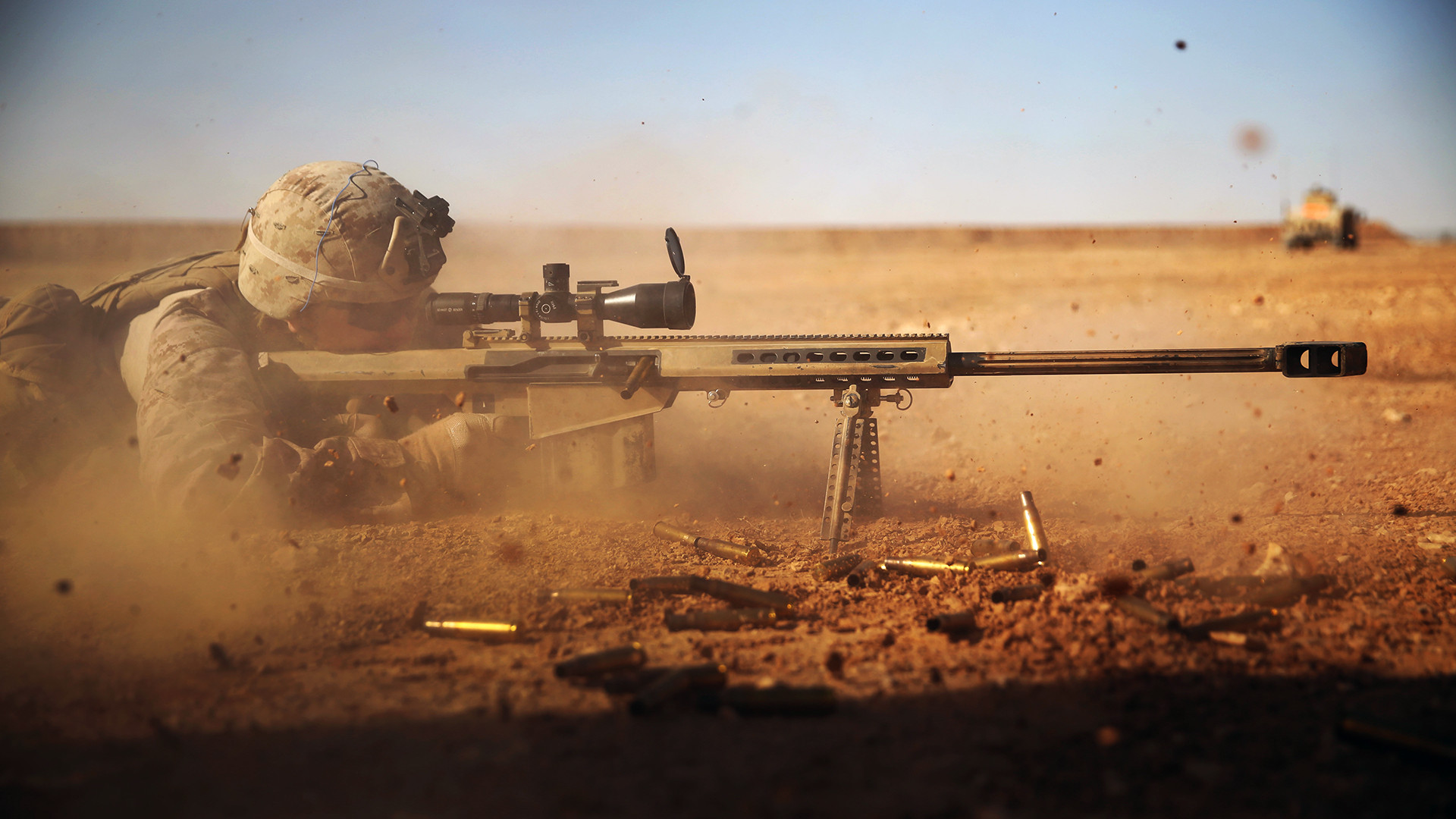U.S. Special Operations Command says it is open to the possibility of acquiring new heavyweight sniper/anti-materiel rifles not chambered to fire the famed .50 caliber Browning Machine Gun cartridge. This is something The War Zone posited could be the case in our initial reporting on the Extreme Long Range Sniper Rifle (ELR-SR) effort. The future ELR-SRs, whatever they might be, could replace the iconic Barrett semi-automatic and lesser-known bolt-action McMillan Mk 15, both of which are .50 caliber weapons, in U.S. special operations forces arsenals.
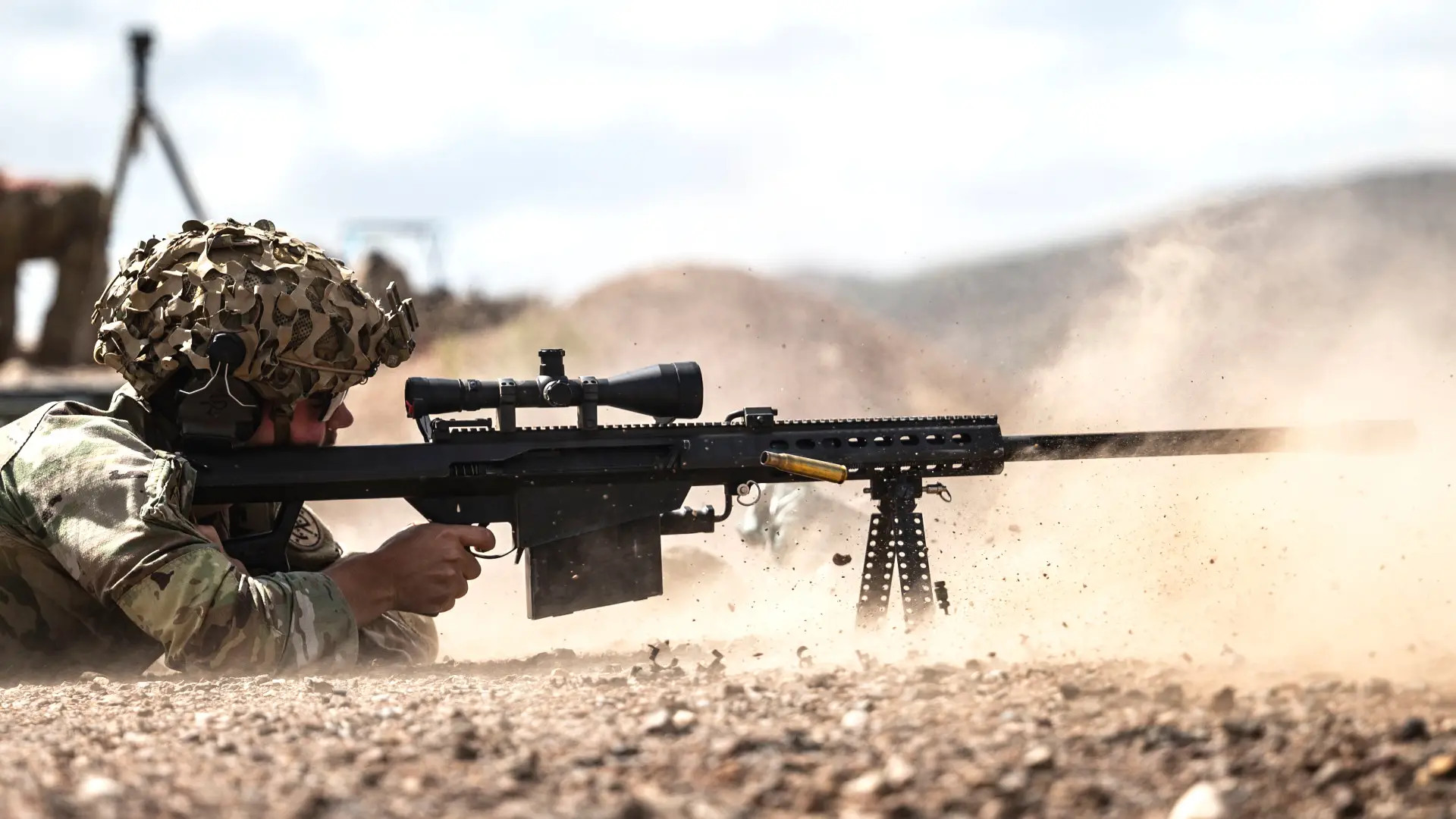
U.S. Army Col. John “Tosh” Lancaster, the Program Manager for Special Operations Forces (SOF) Lethality with U.S. Special Operations Command’s (SOCOM) SOF Warrior Program Executive Office, provided an update on ELR-SR to The War Zone and other attendees at the annual SOF Week conference on Tuesday.
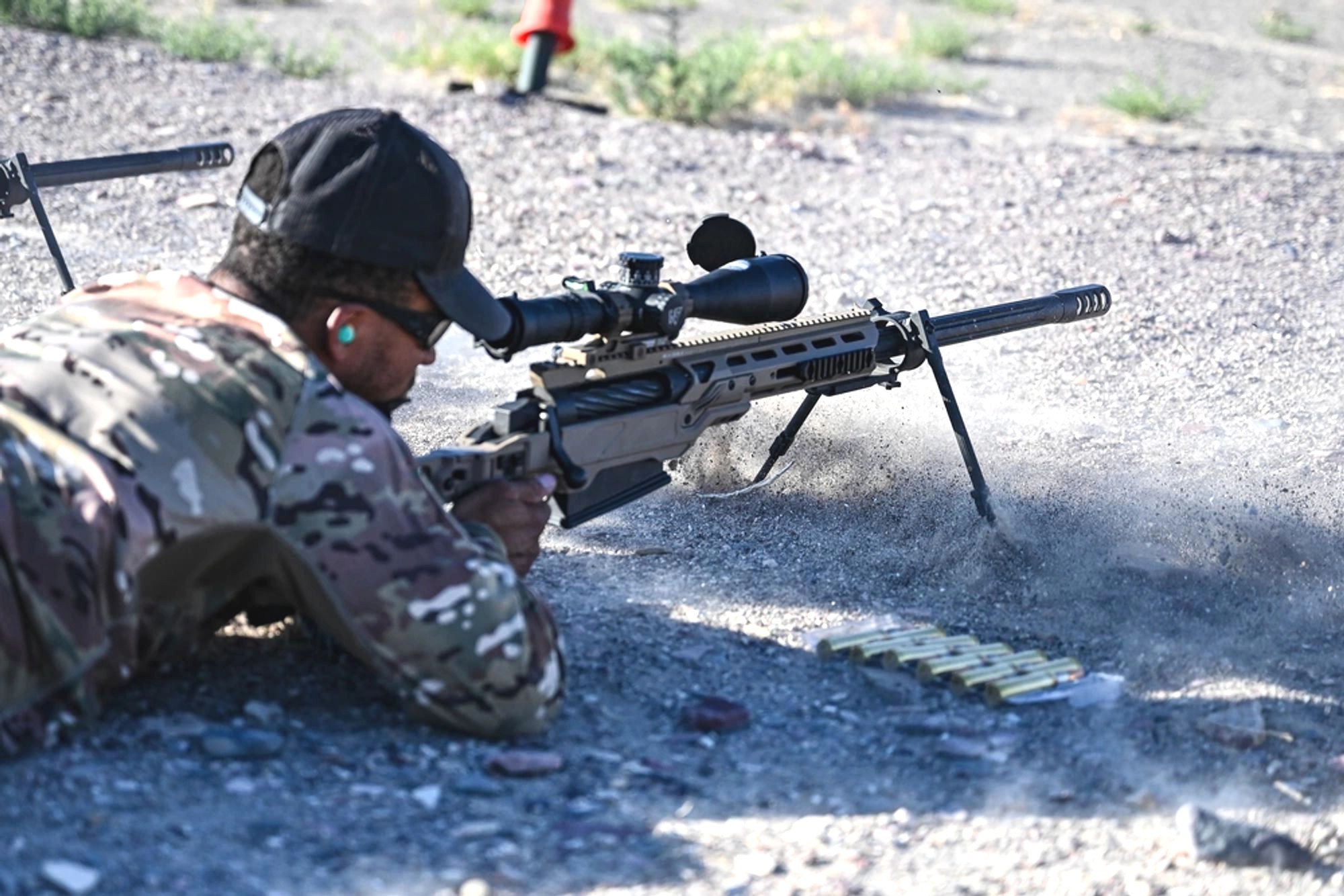
ELR-SR “is following on a successful IWTSD [Irregular Warfare Support Directorate]… project to build a rifle that you [can] shoot very accurately, very consistently out to 2,500 meters [roughly 2,734 yards],” Lancaster said. “We are not limiting ourselves to the caliber that was used in that project, though. We are actually opening it up [and] seeing what else is out there.”
Previously known as the Combating Terrorism Technical Support Office (CTTSO), the IWTSD is a Pentagon office that “identifies and prioritizes requirements of the national interagency community including defense as well as international partners through rapid research, development, testing, and evaluation while providing operational support for demonstration and field testing of irregular warfare solutions,” according to its website. Futuristic computer-assisted mortar turrets for base defense, computerized rifle optics to help shoot down drones and otherwise improve accuracy, and various loitering munitions and other uncrewed systems are examples of capabilities that IWTSD/CTTSO has worked on over the years.
Col. Lancaster did not name the rifle program that ELR-SR is leveraging, but an IWTSD did previously develop a new very-long-range sniper rifle under a program called Extreme Sniper Strike Operations (ESSO). The effort resulted in a bolt-action rifle known as the M30-Tactical System (M30-TS) chambered in a cartridge called .375 EnABELR (Engineered by Applied Ballistics for Extreme Long Range). Applied Ballistics is the company behind both the M30-TS and the .375 EnABELR cartridge. The .375 EnABELR round was explicitly developed to be reliably effective against targets out to at least 2,500 meters.
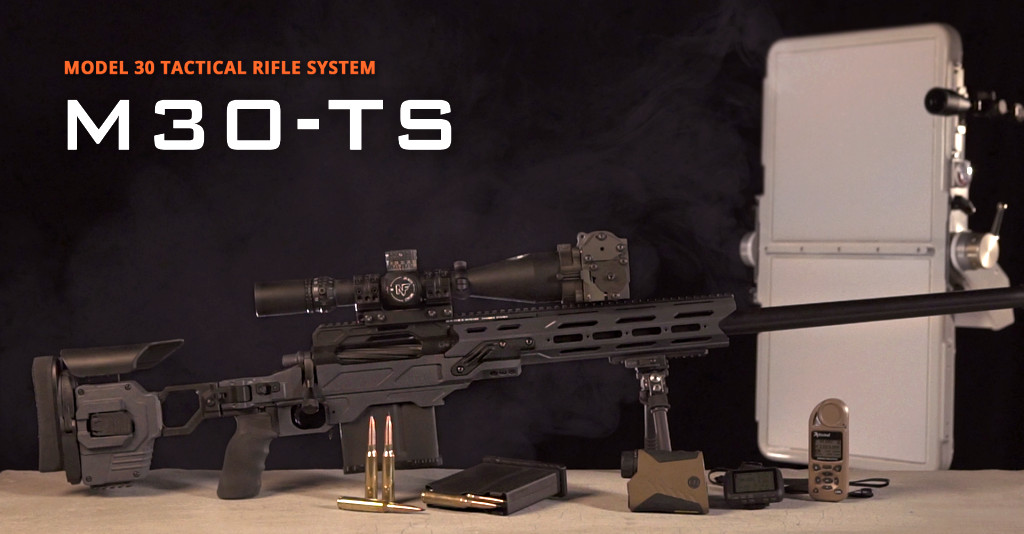
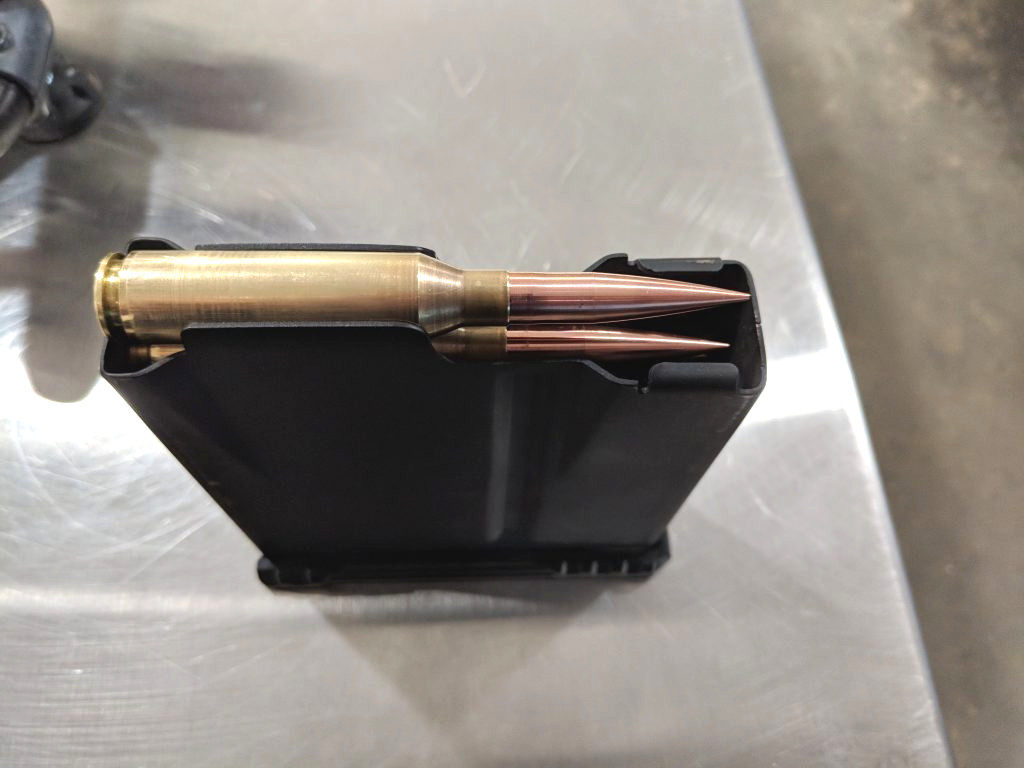
All of this aligns perfectly with the requirements, as SOCOM has publicly laid them out to date, for the ELR-SR. SOCOM has also said it wants the ELR-SR to be a bolt-action design that is no more than 56 inches long and 22 pounds in weight. This is both shorter and lighter than the latest versions of the Barrett M82/M107 family (57 inches long and some 28 and a half pounds) and the McMillan Mk 15 (57 inches long and around 27 pounds) that are now in use in the U.S special operations community. You can read more about the publicly released ELR-SR requirements here.

As The War Zone previously noted, one of the reasons why the .50 caliber round has persisted in use in long-range sniper/anti-materiel applications is that its size readily allows for more specialized loadings. This includes bullets with incendiary and/or high-explosive elements that can be particularly useful for trying to destroy or at least disrupt fuel and ammunition storage dumps, radar dishes, and light vehicles. The armor-piercing-incendiary-high-explosive explosive Mk 211 .50 caliber cartridge, commonly known as the Raufoss round after its Norwegian developer (Nammo Raufoss AS), is a prime example of one such .50 caliber round that is in service today.

At the same time, improved accuracy and other advanced developments could allow for a smaller cartridge like .375 EnABLER to provide similarly useful effects at at extreme ranges. In fact, just in March, IWTSD put out a contracting notice that, in part, expressed interest in the development of a “.375 EnABELR Armor Piercing Incendiary (API) round
capable of meeting or exceeding the penetration and pyrophoric performance of currently fielded heavy anti-materiel ammunition.”
Smaller cartridges also have the benefit of being lighter, which would allow operators to carry more ammunition without increasing the total weight of their load. This could be especially valuable for special operations forces on longer-duration operations further away from more established logistics chains.
As Col. Lancaster noted earlier this week, SOCOM is not limiting itself to any particular round when it comes to ELR-SR and other non-.50 caliber options could be proposed. He also left open the possibility that ELR-SR could still be a .50 caliber rifle in the end.
“Even if it’s just [the] improvement of our current .50 Cal systems, that’s fine too,” he said. “We can make the .50 Cal better than it is right now. We haven’t done anything with that in a while.”
Barrett’s original .50 caliber M82 rifle design, which has since become an absolute staple in movies and video games, in addition to its widespread real-world use with military and security forces units around the world, dates back to the 1980s. The McMillan TAC-50, which is the basis for the Mk 15, is of similar vintage. Modernized versions of both rifles have been developed in the intervening decades.


The .50 caliber Browning Machine Gun cartridge traces its roots all the way back to the end of World War I, but many more advanced loadings have similarly been developed over the past century or so. New materials science advancements and other developments could very well open doors to further improvements when it comes to the .50 caliber round and weapons designed to fire it.
Altogether, it remains to be seen what rifle SOCOM might choose to meet its ELR-SR requirements. What is clear now is that there is a real possibility that the next very-long-range sniper/anti-materiel rifle that ends up in the hands of U.S. special operators will not be a .50 caliber type.
Contact the author: joe@twz.com
